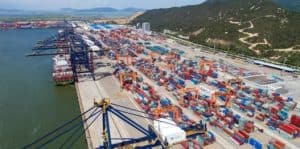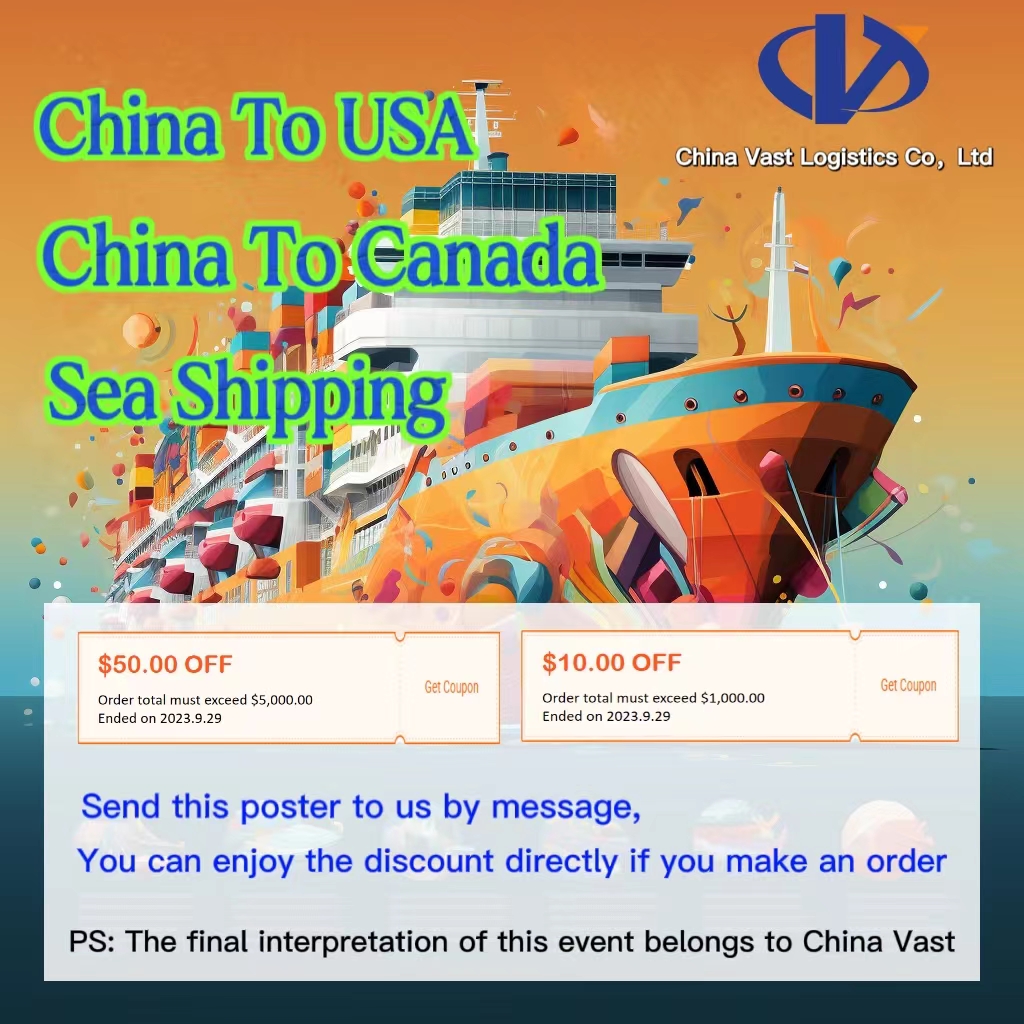
1. Document Verification & Carrier Coordination
Upon receiving the complete set of documents from the client, determine which shipping line is responsible for the cargo, who the shipping agent is, and where to exchange the delivery order required for customs clearance.
Required documents include:
-
Endorsed Original Bill of Lading or Telex Release
-
Packing List
-
Commercial Invoice
-
Contract
Notes:
-
Contact the shipping line or agent in advance to confirm the vessel’s ETA, port of arrival, and whether a transshipment is involved.
-
Confirm the delivery order fee, container deposit, and document exchange time.
-
Prearrange with the container yard or terminal for container handling fees (pickup, devanning, loading, and return).
2. Delivery Order & EIR (Equipment Interchange Receipt) Collection
Take the endorsed Original Bill of Lading (or Telex Release with Letter of Guarantee) to the shipping line or its agent to obtain the Delivery Order and Equipment Interchange Receipt.
Important Points:
-
If the B/L lists “TO ORDER,” endorsement is done by the shipper; otherwise, by the named consignee.
-
The Letter of Guarantee must include details such as the ports, vessel name, voyage number, B/L number, cargo specifications, and consignee’s stamp.
-
Verify that the container and seal numbers match on both the B/L and Delivery Order.
-
The Delivery Order typically includes five copies:
-
White: cargo release
-
Blue & Red: charge details
-
Green & Light Green: cargo delivery records
-
-
The Equipment Interchange Receipt acts as a handover record of containers and equipment between the shipper/receiver and terminal.
3. Customs Declaration (For Reference)
Use the 1st and 3rd copies of the Delivery Order along with the necessary customs documents to declare the cargo at Customs.
Documents Include:
-
Delivery Order (1st & 3rd copy with customs release stamp)
-
Original Packing List & Invoice
-
Contract
-
Import Declaration Form (2 copies)
-
Customs Brokerage Agreement
-
Other required permits and certificates
Reminders:
-
Confirm the HS code, applicable tax rates, and inspection requirements. If inspection is required, submit an application before customs declaration.
-
Urge the shipping agent to submit manifest data to customs.
-
If inspection is mandated, coordinate with the terminal to move the container to the customs inspection yard. Pre-confirm associated costs.
4. Inspection Procedures
For regulated goods, inspection must be conducted:
-
Commodity Inspection: Submit a signed application, packing list, invoice, contract, and declaration form for inspection registration before customs clearance.
-
Plant & Animal Quarantine: Similar pre-clearance procedure applies.
-
Inspections can take place post-clearance at the terminal when permitted.
5. Commodity Inspection Clearance
After customs clearance, go to the commodity inspection office with required documents.
-
Submit documents to the authorized declaration agency.
-
Pay fees at the unified service window.
-
After obtaining inspection release stamps, proceed to settle port charges.
6. Cargo Pickup
Once all formalities are complete, notify the designated terminal to release the container.
Key Steps:
-
Coordinate with port dispatchers to arrange pickup schedule.
-
Organize enough trucks to remove all containers within the designated time to avoid storage fees.
-
Inspect the container for visible damage. If found, request the yard to mark it on the EIR.
Return empty containers within the free period to avoid detention charges. After unloading, use the EIR as proof to reclaim the container deposit from the shipping line.
7. Delivery Modes in Container Transport
There are nine common container handover modes between shipper and consignee:
-
Door to Door – From shipper’s warehouse to consignee’s warehouse
-
Door to CY (Container Yard) – From shipper’s premises to destination yard
-
Door to CFS (Container Freight Station) – From shipper’s warehouse to destination CFS
-
CY to Door – From origin yard to consignee’s warehouse
-
CY to CY – From origin yard to destination yard
-
CY to CFS – From origin yard to destination CFS
-
CFS to Door – From origin CFS to consignee’s warehouse
-
CFS to CY – From origin CFS to destination yard
-
CFS to CFS – From origin CFS to destination CFS

